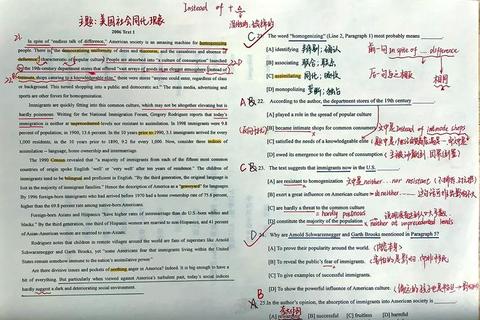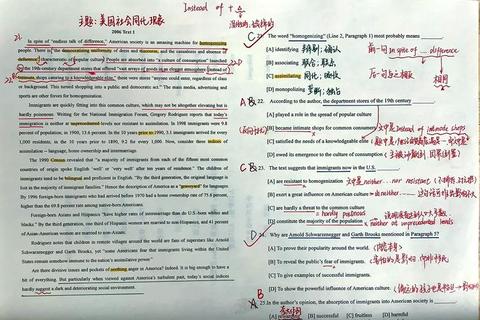Unlocking Success: A Strategic Analysis of the 2006 English I National Postgraduate Entrance Exam
The 2006 English I National Postgraduate Entrance Exam remains a pivotal resource for understanding foundational language competencies and advanced analytical skills required for academic success. This article delves into its core components, offering actionable insights to help learners master both theoretical frameworks and practical applications.
I. Understanding the Exam's Core Objectives

The 2006 English I exam emphasizes three key competencies: comprehensive language proficiency, critical thinking, and contextual adaptability. Unlike later iterations, this paper prioritizes foundational skills such as vocabulary precision, grammatical accuracy, and logical coherence in writing. For instance, the reading comprehension section tests not only literal understanding but also inferential reasoning through nuanced text analysis.
Why It Matters:
II. Deconstructing High-Value Question Types

1. Cloze Tests: Beyond Vocabulary
The cloze section (Section I) evaluates contextual grammar application and lexical collocation. Successful strategies include:
Example: A 2006 question required selecting between “affect” and “effect” based on syntactic role (verb vs. noun), underscoring the need for grammatical precision.
2. Reading Comprehension: The Art of Inference
The reading section (Section II) features texts on diverse topics, from scientific advancements to socio-cultural critiques. Key strategies include:
Case Study: A passage discussing environmental policies required inferring author bias through tone words like “alarmingly” or “optimistically.”
3. Translation and Writing: Bridging Accuracy and Fluency
III. Evidence-Based Preparation Strategies
1. Cognitive Load Theory in Vocabulary Building
Research by John Sweller suggests that chunking vocabulary into thematic groups (e.g., academic verbs, abstract nouns) reduces cognitive strain. For the 2006 exam’s cloze section, memorizing collocations like “conduct research” or “impose restrictions” enhances speed and accuracy.
2. Active Recall for Reading Efficiency
A 2019 Educational Psychology Review study highlights active recall—self-testing via summarization or question-generation—as superior to passive rereading. Apply this by:
3. Iterative Feedback in Writing
Leverage tools like rubric-based peer reviews to refine essays. The 2006 writing task, which required discussing technology’s societal impact, benefits from iterative drafts focusing on logical flow and evidence relevance.
IV. Avoiding Common Pitfalls
V. Conclusion: From Analysis to Mastery
The 2006 English I exam is more than a historical artifact; it is a blueprint for cultivating transferable academic skills. By dissecting its structure, aligning preparation with cognitive science principles, and practicing strategic problem-solving, learners can transform challenges into opportunities for growth. As education evolves, the lessons from this exam remain timeless: precision, adaptability, and critical reflection are the cornerstones of excellence.
Final Tip: Regularly simulate exam conditions using past papers, and track progress through error logs to identify recurring weaknesses. Mastery lies not in perfection but in persistent, informed effort.


